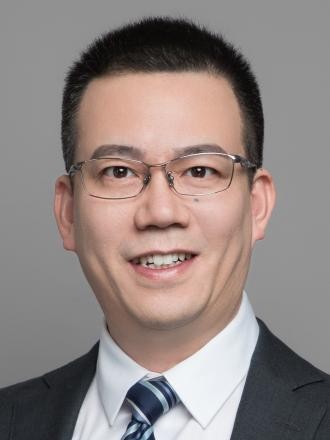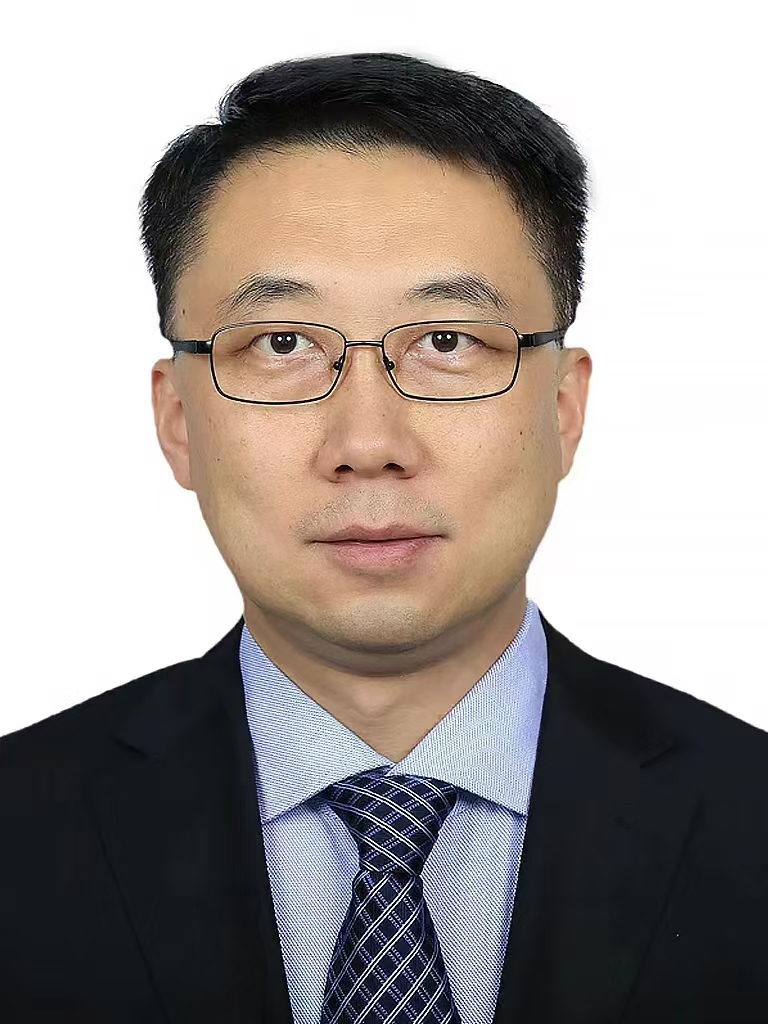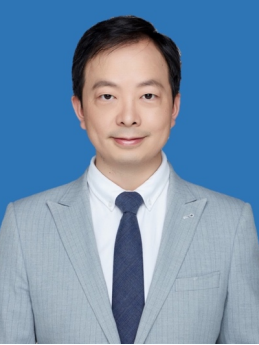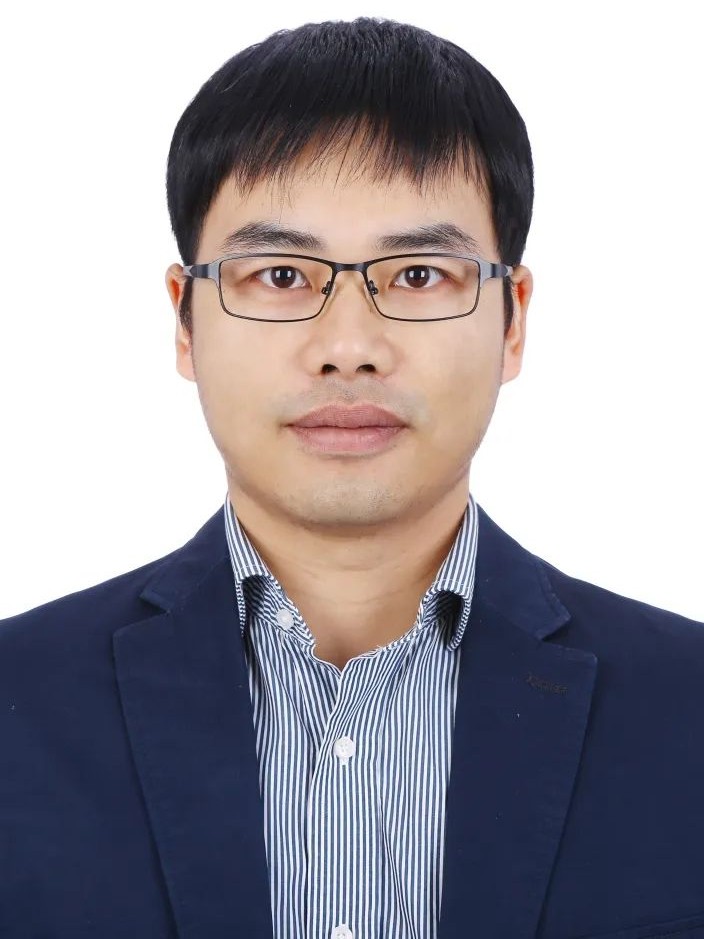More information will be released soon.
CRC 2025 Keynote Speakers

Prof. Zhiyun Lin, Southern University of Science and Technology, China
Biography: Zhiyun Lin is currently a tenured full professor and Head of School of Automation and Intelligent Manufacturing, Southern University of Science and Technology, China. He received his PhD degree in Electrical and Computer Engineering from University of Toronto, Canada, in 2005, and then he worked as a Postdoctoral Research Associate in University of Toronto from 2005 to 2007. He joined College of Electrical Engineering, Zhejiang University, China, in 2007 as a research professor and then promoted to a tenured full professor in 2011. In 2017, he moved to Hangzhou Dianzi University and worked as the Director of Artificial Intelligence Institute. He joined Southern University of Science and Technology in 2021. He held visiting professor positions at several universities including The Australian National University (Australia), University of Cagliari (Italy), University of Newcastle (Australia), University of Technology Sydney (Australia), and Yale University (USA). His research interests focus on multi-agent systems, distributed artificial intelligence, autonomous systems and swarm robots, and cyber-physical systems. He has authored and coauthored two monographs and over 250 peer-reviewed papers. From 2014 to 2025, he has been consecutively selected in the list of Mostly Cited Chinese Researchers by Elsevier. He is a Foreign Full Member of the Russian Academy of Engineering, a Fellow of IEEE, a Fellow of IET and a Fellow of AAIA.
Speech Title: Graph Filtering and Learning for Networked System Intelligence
Abstract: The rise of networked systems, encompassing sensor networks, robotic swarms, and multi-agent systems, has created a pressing need for sophisticated tools to process data defined on irregular domains. Graph Signal Processing (GSP) provides a foundational framework for analyzing such data by defining signals on the vertices of a graph, where edges capture the underlying relational structure. This talk explores the synergy between classical GSP and modern graph learning for enabling intelligent behaviors in networked systems. We begin by introducing the core concepts of GSP, focusing on graph filtering as a fundamental operation for processing network-wide data. Building upon this foundation, we transition to the paradigm of graph learning, particularly through the lens of Graph Neural Networks (GNNs). GNNs generalize the concept of localized graph filters, making them trainable for complex, non-linear tasks. We demonstrate how this powerful architecture is leveraged for distributed control, where heterogeneous agents collectively arrive at consensus by nonlinear optimal controller based on graph learning. We further explore its application to multi-agent localization, where GNNs play an important role. By connecting the analytical rigor of GSP with the representational power of GNNs, this talk provides a unified view of how graph-based methodologies are revolutionizing the design of autonomous, collaborative, and intelligent networked systems.

Prof. Dayi Wang, Beijing Institute of Spacecraft System Engineering, China
Biography: Professor Dayi Wang is engaged in long-term research on spacecraft autonomous navigation, autonomous fault diagnosis, and system re-configuration technology. The National Science Fund for Distinguished Young Scholars has supported him. Now, he is the chair scientist of Project 973 and National Leading Talent. He made significant contributions to the successful completion of China's lunar exploration missions and the first Mars exploration mission. He was awarded the National Technology Invention (second class), the National Science and Technology Progress (special class), as well as the National Award for Excellence in Innovation, the "Ho Leung Ho Lee Scientific and Technological Innovation Award," and the inaugural National Engineer Award. He was also bestowed with the title of "National Outstanding Engineer".
Speech Title: Autonomous Fault Diagnosis and System Reconfiguration of Space Unmanned Systems Based on Capability Quantitative Characterization
Abstract: Missions such as deep space exploration have put forward an urgent demand for the autonomous operation of space unmanned systems, among which autonomous fault diagnosis and system reconfiguration is a key core. For space unmanned systems with strong resource constraints, the reporter proposed the theory of quantitative characterization of diagnosis and reconfiguration capabilities, as well as an autonomous diagnosis and reconfiguration method based on the quantitative characterization of capabilities. This method has been successfully applied to China's deep space exploration, Beidou-3 and other missions, making important contributions to the realization of safe, reliable and autonomous operation.

Prof. Haitao Zhang, Huazhong University of Science and Technology, China
Biography: Hai-Tao Zhang received the B.E. degree in automation and the Ph.D. degree in control science and engineering from the University of Science and Technology of China, Hefei, China, in 2000 and 2005, respectively.,From January to December 2007, he was a Postdoctoral Researcher with the University of Cambridge, Cambridge, U.K. Since 2005, he has been with the Huazhong University of Science and Technology, Wuhan, China, where he was an Associate Professor from 2005 to 2010 and has been a Full Professor since 2010. His research interests include swarming intelligence, model predictive control, and unmanned system cooperation control.,Dr. Zhang was the recipient of National Science Fund for Distinguished Young Scholars. He is/was an Associate Editor for IEEE Transactions on Systems, Cybernetics and Man-Systems, IEEE Transactions on Circuits and Systems II, Engineering, and Asian Journal of Control.
Speech Title: Autonomous Unmanned Surface Vehicle Fleet-Unmanned Aerial Vehicle Swarm Cross-Domain Cooperative Coverage Detection and Confrontation Gaming
Abstract: High efficiency, ultra-stability, and high precision represent the pinnacle of autonomous unmanned surface vehicle (USV) fleet cooperation technology, which has long been an international challenge. This seminar introduces the latest advancements made by Prof. Zhang’s team under the support of major national projects such as the National 2030 Initiative, the National Science Fund for Distinguished Young Scholars, and other key funding programs. These advancements include key technologies in USV-UAV swarm cooperative coverage, cross-domain cooperative takeoff and landing for USV-UAV fleets, patrol and trailing, and maritime channel confrontation gaming. The presentation also covers the team's research and development efforts in core functional components such as collective coverage perception, SLAM, cooperative takeoff and landing, and confrontation gaming, as well as the development of a complete set of swarm equipment, including 12 types of autonomous USVs and various types of USV-borneUAVs. Finally, the presentation highlights the phased application achievements of the aforementioned core technologies and equipment in areas such as real-time multi-point synchronous monitoring of large-scale marine facilities in the Guangdong-Hong Kong-Macao Greater Bay Area and electromagnetic exploration of oil and gas resources in the South China Sea.

Prof. Xiang Yu, Beihang University, China
Biography: Xiang Yu received the B.S., M.S., and Ph.D. degrees in automation science and engineering from Northwestern Polytechnical University, Xi'an, China, in 2003, 2004, and 2008, respectively.,He is currently a Professor with the School of Automation Science and Electrical Engineering, Beihang University, Beijing, China. His current research interests include safety control of aerospace engineering systems, autonomous navigation, and control of unmanned aerial vehicles.,Dr. Yu was a recipient of the National Science Fund for Distinguished Young Scholars of China, First Prize of Science and Technology Progress Award of China Instrument and Control Society, Youth Science and Technology Award of Chinese Society of Aeronautics and Astronautics. He has also served as an Associate Editor for IEEE/ASME Transactions on Mechatronics, Journal of Field Robotics, Asian Journal of Control, and Chinese Journal of Aeronautics.
Speech Title: Bio-Inspired Navigation and Safety Control of Unmanned Flight Vehicles
Abstract: Current unmanned aerial vehicles (UAVs) are confined to "ideal environments, deterministic tasks, and preset modes". The autonomy, safety, and intelligence in strong-disturbance environments urgently need to be improved. Addressing the challenges faced by UAVs, such as the difficulty in separating coupled risk factors, the difficulty in navigation and positioning under strong denial countermeasure conditions, the difficulty in precise control with strong aerodynamic drag and dynamic center-of-gravity shift, and the difficulty in safe flight in unstructured spaces, this lecture presents the team's recent research progress from the perspective of bionic intelligence in aspects including risk learning and prediction algorithms, bionic autonomous navigation, bionic dexterous control, and disturbance utilization. The research aims to endow UAVs with capabilities such as "wise brain, sharp eyes, dexterous hands, and robust body" in environments full of disturbances.
